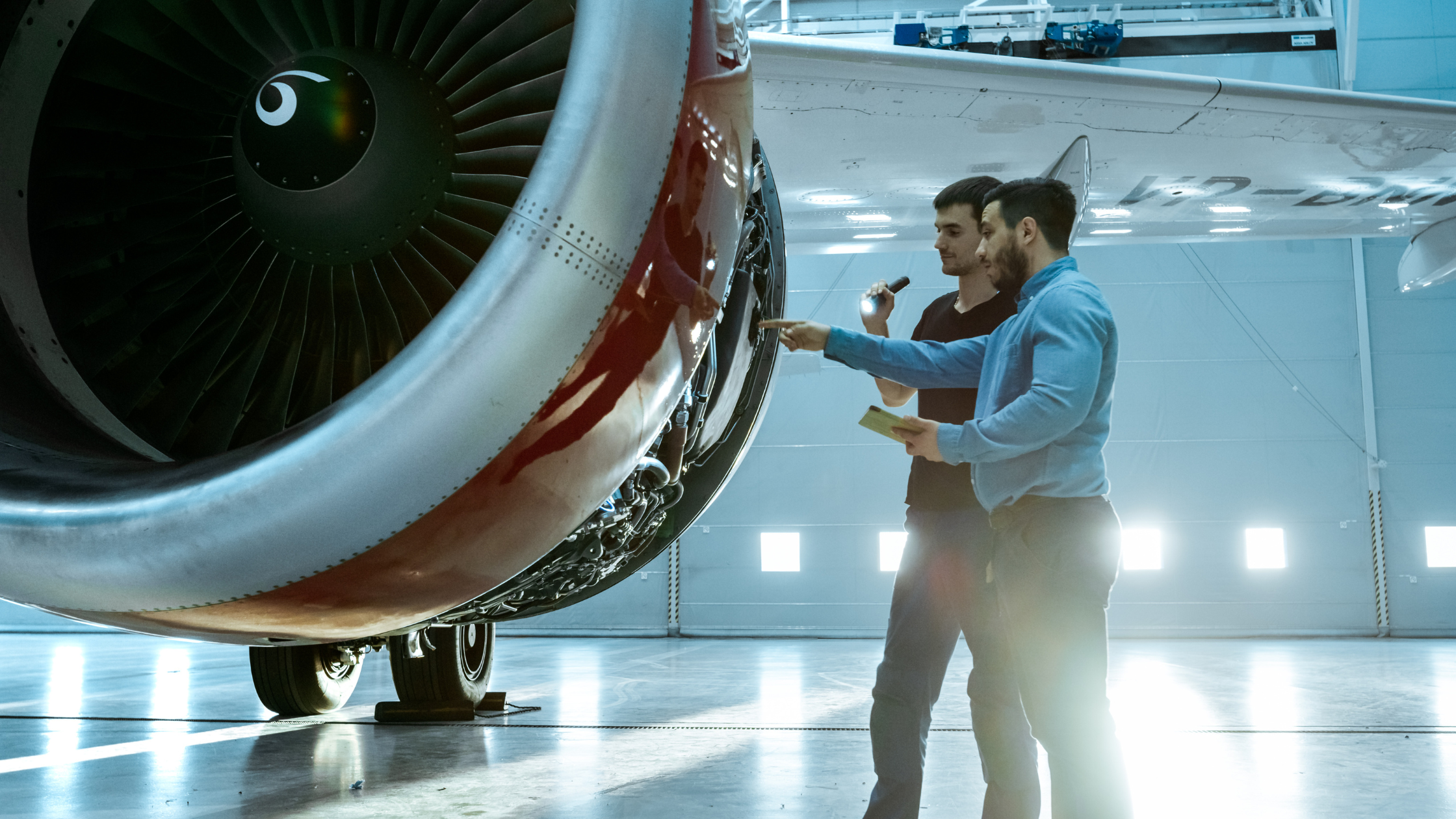The aviation industry is highly concerned with safety. This is only natural, as the dangers of equipment or mechanical failure in an aircraft can have serious consequences for those onboard, not to mention those on the ground.
One of the most crucial components of aircraft safety is undoubtedly what’s known as the 100-hour inspection. But what does such an inspection look like? What does it entail? Here’s what you need to know about this essential aviation safety procedure.
100 Hours In Flight
Contrary to what you might believe as implied by the name “100-hour inspection”, this safety inspection doesn’t take 100 hours to complete. Instead, the name refers to the federal requirement that all passenger aircraft must be inspected after every 100 hours of flight time. This inspection is identical in many ways to the annual inspection that all aircraft are subject to as well, with the sole difference being that annual inspections can only be conducted by airframe and power plant (A&P) mechanics with specific inspection authorization. Any A&P mechanic can perform a 100-hour inspection.
What Happens During a 100-Hour Inspection?
Every 100-hour inspection begins with what’s called an “aircraft run-up”. The A&P mechanic conducting the inspection starts the aircraft’s engine and taxis it for a short distance. During this procedure, the mechanic looks for performance issues like flight control and flight surface smoothness in rudder pedals, brakes, and flaps. The engine is run to its pre-takeoff settings and a magneto check is performed. Lastly, the A&P mechanic makes sure all aircraft lights are operating properly. Any discrepancies are recorded for further investigation.
After the aircraft run-up is completed, the mechanic removes several panels and cowlings from the aircraft while the engine is still warm. This includes any installed wheel skirts, nose cowlings, and inspection panels under the fuselage, tail, and wings. These items are removed so that the aircraft can be inspected as much and as completely as possible. Every single bolt, screw, connection, and rivet is inspected to find any signs of stress or damage.
The Final Part of the 100-Hour Inspection
After the extensive inspection is completed, the 100-hour inspection moves on to its final step: servicing the aircraft. This begins with an oil change for the engine as well as a compression check on the aircraft’s cylinders. Once this is completed, other parts of the aircraft are serviced, such as the Emergency Locator Transponder (ELT). Landing gear bearings are also serviced as well.
Other than these standard items, the rest of the service portion of a 100-hour inspection is concerned with addressing any discrepancies found during the inspection portion. The entire process can take several days depending on the number of discrepancies that need to be addressed. However, it’s integral to good aircraft safety for 100-hour inspections to be completed regularly.
